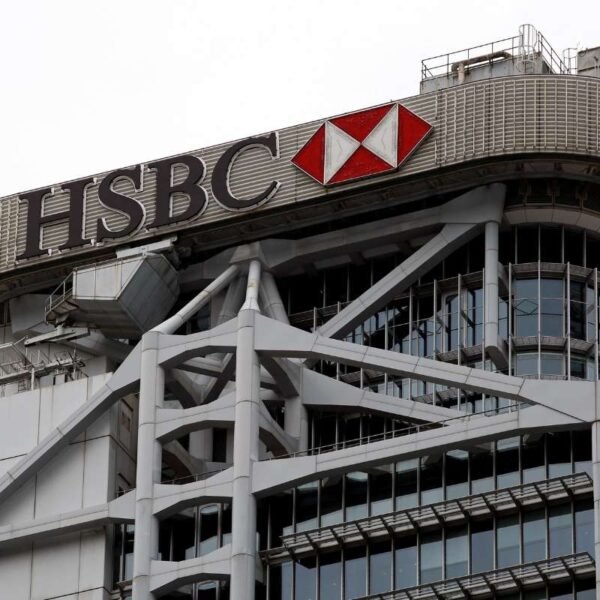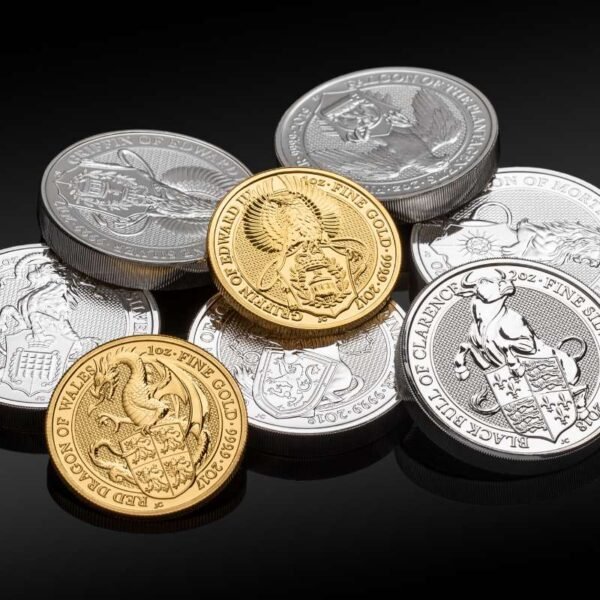[Source – newsx.com]
In a last-ditch effort to steer economic growth toward the targeted 5% for 2023, China’s central bank on Friday reduced interest rates and injected liquidity into the banking system. This move follows a Politburo meeting earlier in the week that signaled heightened concern over mounting economic pressures.
Bold Economic Measures
The People’s Bank of China lowered the reserve requirement ratio (RRR) by 50 basis points, freeing up 1 trillion yuan ($142.5 billion) for banks to lend. Additionally, the benchmark interest rate for seven-day reverse repurchase agreements was cut by 20 bps to 1.50%. These cuts, effective immediately, could be followed by further reductions later this year, according to the central bank governor, Pan Gongsheng.
Alongside monetary measures, fiscal stimulus is also on the way. According to Reuters, China plans to issue special sovereign bonds worth approximately 2 trillion yuan ($284.43 billion). These funds will fuel programs to boost consumption, subsidize consumer goods replacements, and upgrade business equipment. As part of the measures in which China unveils aggressive stimulus, another 1 trillion yuan will be raised for local government debt relief, and up to 1 trillion yuan of capital could be injected into China’s largest state banks.
Property Sector and Consumption Focus
The stimulus package also targets the beleaguered property market. Major cities like Shanghai and Shenzhen are expected to ease home-buying restrictions in the coming weeks, joining a growing list of smaller cities that have taken similar actions to alleviate the property crisis.
China’s leadership has long emphasized shifting the economy toward greater consumption rather than relying on exports and investment. Despite this, household spending remains under 40% of annual GDP, far below the global average. The current measures, including a proposed 800-yuan monthly allowance for households with multiple children, mark an intensified effort to stimulate consumer spending.
Growing Economic Concerns
China’s economy has been facing severe deflationary pressures, highlighted by a 17.8% drop in industrial profits in August, the sharpest decline of the year, prompting the government to take action as China Unveils Aggressive Stimulus measures. The government’s actions underscore its recognition of these economic challenges, and the uncharacteristic focus on the economy during the September Politburo meeting reflects a growing sense of urgency.
Mark Williams, Chief Asia Economist at Capital Economics, estimates that the new stimulus package could lift annual output by 0.4%, enough to meet the 5% growth target for the year. Chinese stocks have responded positively, with expectations of further stimulus driving the best week for the stock market since 2008.
However, analysts from Goldman Sachs and BNP Paribas have raised concerns over the long-term structural slowdown, warning that China’s heavy reliance on investment continues to fuel debt without substantial growth returns.
The Path Forward
As global trade tensions intensify, with the U.S. and European Union both preparing to impose tariffs on Chinese goods, China’s economy faces significant headwinds. The upcoming fiscal measures are expected to inject a needed boost to domestic consumption, yet the challenge of reversing long-term structural weaknesses remains.
While China’s leadership has pledged to stabilize the property market and encourage consumer spending, the broader economic outlook is still clouded by uncertainties in global trade and an over-reliance on investment. With the announcement of further China unveils aggressive stimulus measures expected before the week-long October holidays, all eyes will be on whether these measures can effectively pull the economy back on track.










